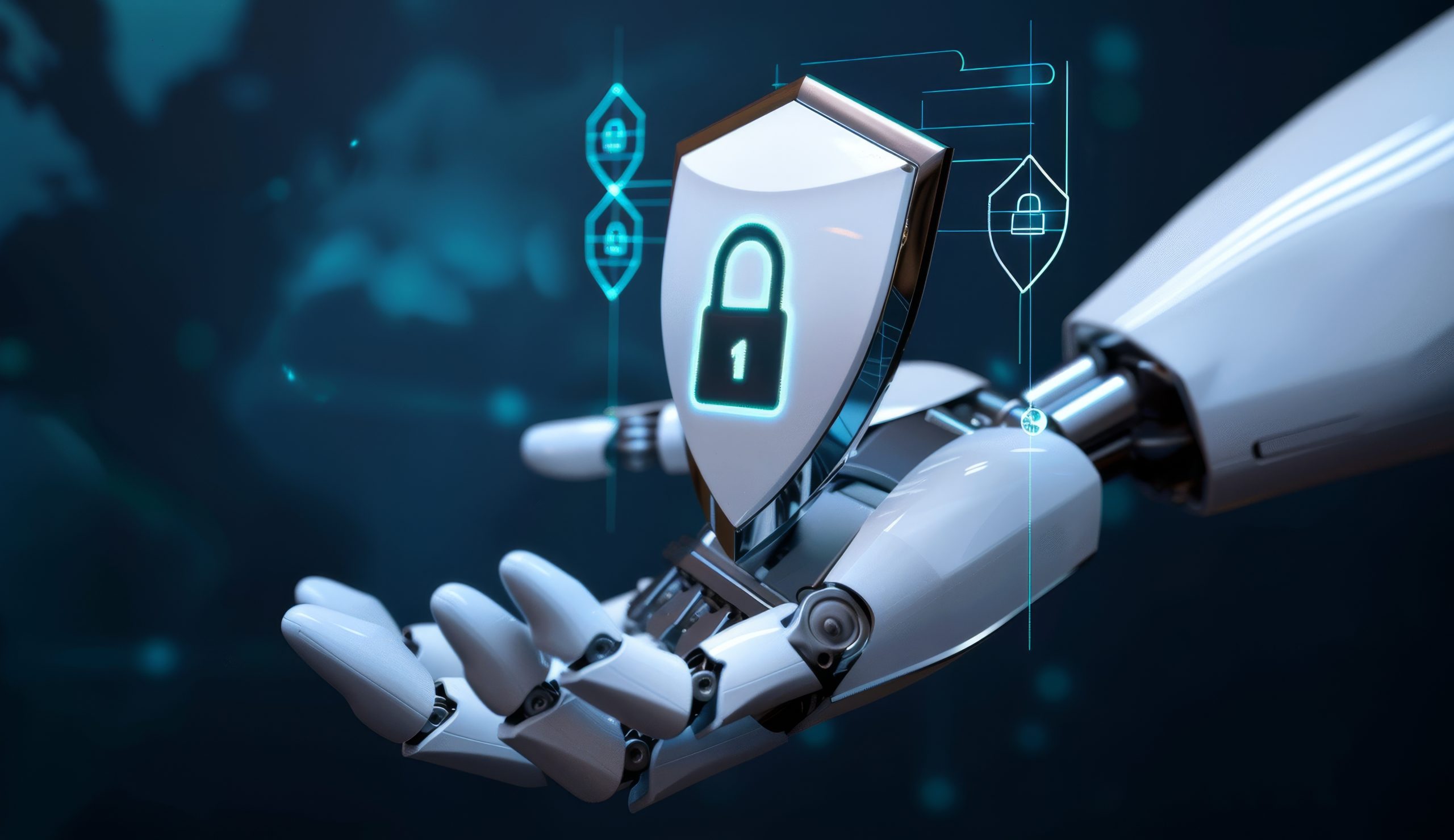
- Posted on
- Brett Osborn
We've done the research, Check out these SMB Cybersecurity Trends
As we look back on all the growth and changes in technology this year, it’s clear that cybersecurity remains a paramount concern for Small and Medium-sized Businesses (SMBs). With cyber threats evolving at an unprecedented pace, staying ahead of the curve is more critical than ever. Here are the top 10 trends in SMB cybersecurity so far this year.
- Artificial Intelligence (AI) and Machine Learning (ML): AI and ML will continue to revolutionize cybersecurity by enabling predictive threat detection and automated incident response. These technologies can analyze vast amounts of data, identify patterns, and predict potential threats before they occur.
2. Zero Trust Security: Zero trust security models are gaining traction as they provide a more robust approach to securing networks. This model assumes that every user or device trying to access the network is a potential threat until proven otherwise.
3. Cloud Security: As SMBs increasingly adopt cloud services, ensuring the security of these platforms becomes paramount. Expect to see more emphasis on secure cloud configurations, data encryption, and Identity Access Management (IAM).
4. Mobile Device Security: With remote work becoming the norm, securing mobile devices has become a top priority. Solutions like Mobile Device Management (MDM) and Mobile Application Management (MAM) will be crucial in maintaining security.
5. Phishing Attacks: Phishing attacks remain one of the most common threats to SMBs. In 2024, we have seen these attacks become even more sophisticated, making user education and awareness training all the more important.
6. Ransomware Protection: Ransomware attacks are on the rise, with attackers targeting not just large enterprises but also SMBs. Robust backup strategies and ransomware-specific protection solutions will be key in mitigating this threat.
7. IoT Security: The proliferation of Internet of Things (IoT) devices presents a significant security challenge. Ensuring these devices are secure and don’t provide an entry point for attackers will be a major focus.
8. Cyber Insurance: As cyber threats continue to evolve, so does the need for adequate insurance coverage. Cyber insurance policies can help mitigate financial losses in case of a breach or attack.
9. Regulatory Compliance: With regulations like GDPR and CCPA, compliance has become a significant part of cybersecurity. SMBs will need to ensure they understand these regulations and implement necessary measures to stay compliant.
10. Cybersecurity Training: Lastly, investing in regular cybersecurity training for employees remains crucial. A well-informed workforce is often the first line of defense against many cyber threats.
While the threat landscape continues to evolve, so do the solutions available to SMBs. By staying informed about these trends and implementing appropriate measures, businesses can significantly enhance their security posture. If you own or manage a SMB, you may be wondering how you can possibly handle all these security tasks on your own. Here’s something to consider, your competition may not be doing it on their own, they may have hired an MSP (Managed Service Provider) company to help them implement and maintain their cybersecurity policies. They work with a trusted partner to manage cybersecurity so they can focus on running their businesses. Remember, cybersecurity is not a one-time event but an ongoing process that requires constant vigilance and adaptation.

